IMM for impact investors
In addition to measuring financial returns, impact investors are also interested in the social and/or environmental impact generated by their investments. In general, indicator lists and guidance for impact investors are widely available; however, some targeted sectors may not be fully developed. In terms of best practices, ANDE recommends that impact investors follow established guidance, for example from the Global Impact Investing Network (GIIN).
